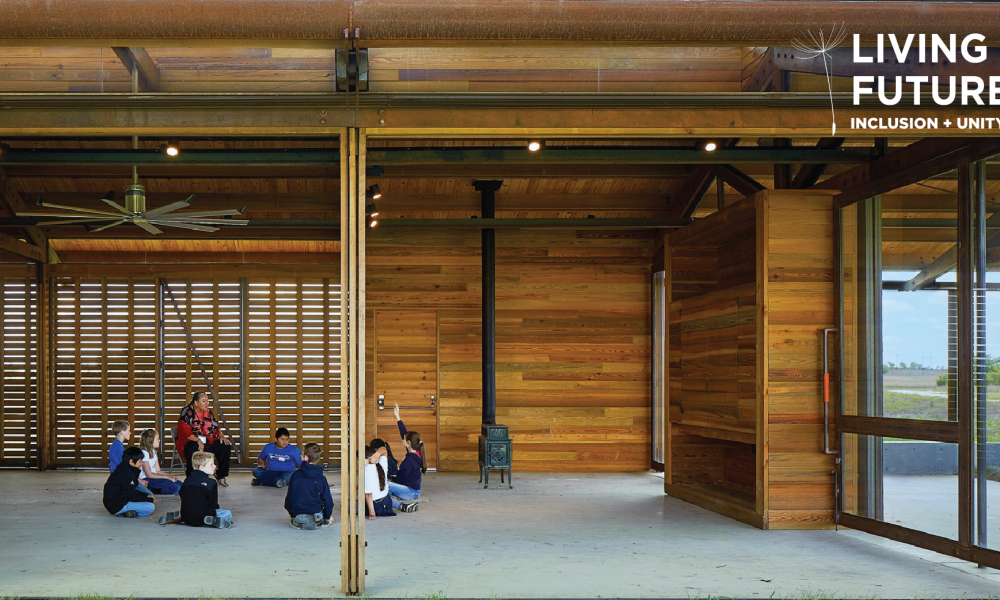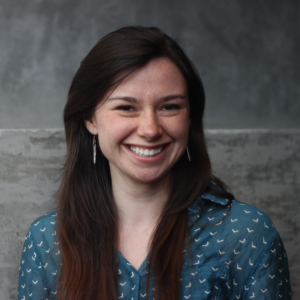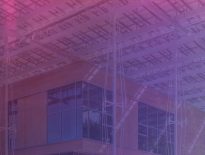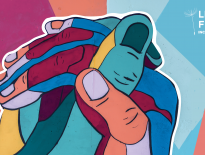Over the next few weeks, we will introduce some of the incredible practitioners, change-makers, innovators and projects you’ll be introduced to at Living Future 2021. This week, we hear from Isaac Adams, Associate Principal at Bora Architects and a core team member on the Metro Center project at Portland Community College.
Lily Rybarczyk: What does sustainability look like to you?
Isaac Adams: One of my favorite examples of sustainable design is the Pantheon in Rome. Beautiful, adaptable and resilient. A celebration of solar access and passive heating and cooling. Innovative structural and stormwater systems. To me, the Pantheon is an example of an ancient Living Building that inspires future designers and serves the public as a teaching tool about sustainability today.
LR: What initially drew you to a career in sustainability?
IA: In 2001 I decided to pursue a career in architecture and began to research grad programs. Around that time a friend of mine went to see a lecture by Bill McDonough and managed to obtain a recording of it on VHS tape, which he then mailed to me. The lecture had an immediate and profound impact on me. Why not design buildings that preserve resources and improve health? McDonough made sustainable design sound like a natural mission for architects. I ended up attending the University of Oregon because of the faculty’s expertise in sustainability.
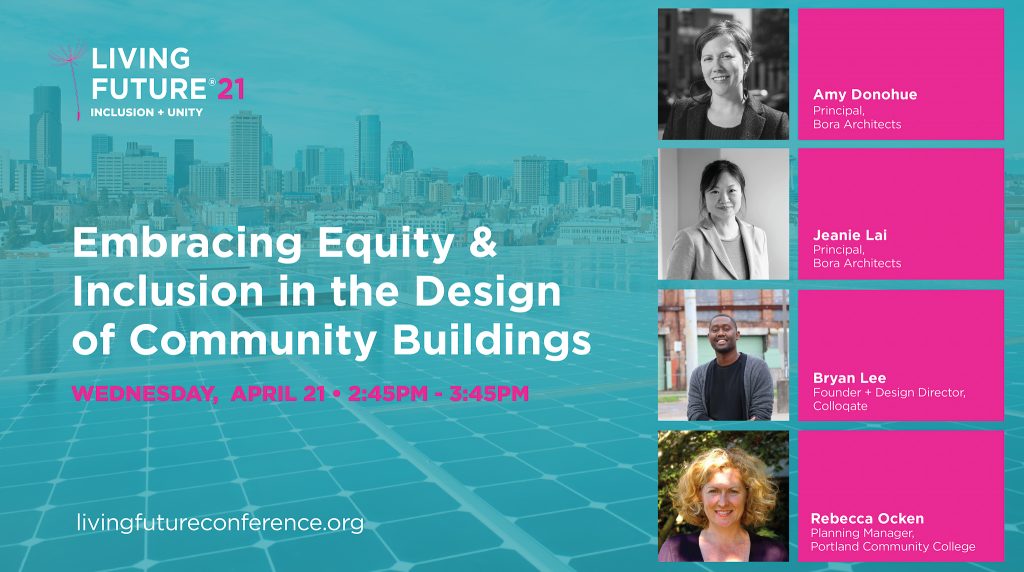
LR: What does this year’s theme, “Unity + Inclusion,” mean to you? How does this translate to your personal or professional life?
IA: I’ve always loved the philosophy that architecture – at its best – is performed in service to others. I see this year’s theme as an evolution of that philosophy – a call to serve those who have been left out of the design process in the past. To do that we need to ask tough questions about how our designs are perceived, and then listen and learn. As I’ve learned from recent Critical Race Theory training, space is never truly neutral.
LR: Can you speak to the importance of applying sustainable and equitable concepts in an educational institution?
IA: I think educational institutions like Portland Community College – the focus of our presentation – are ideal incubators for developing learning environments that embrace the interconnectedness of social and environmental justice. Teaching sustainable concepts to the public is critical so we are all working towards a low-carbon future. But even the design of our built environment can play a powerful role in promoting awareness, highlighting the urgency of the global climate crisis. The adoption of sustainable and equitable concepts in education lays the foundation for economic development through the green jobs of the future. By improving access to quality workforce training and healthy educational environments for a diverse student body, PCC strengthens our entire community.
LR: This panel is presenting on “Embracing Equity & Inclusion in the Design of Community Buildings,” why do you feel it is important to discuss this topic at Living Future? What do you hope conference attendees will take away from this session?
IA: We are excited to share the lessons learned from the PCC Metropolitan Workforce Training Center project because the guiding principles – such as Critical Race Theory (CRT) – have opened our eyes to social and environmental injustices perpetuated by the design community. We hope the audience will be inspired by the tenets of CRT and Design Justice and motivated to adopt a more inclusive design process that elevates underrepresented voices and celebrates diversity for users and the community at large.
Hear more from Bora Architects and the Metro Center team during “Embracing Equity & Inclusion in the Design of Community Buildings,” on April 21 at Living Future 2021!
